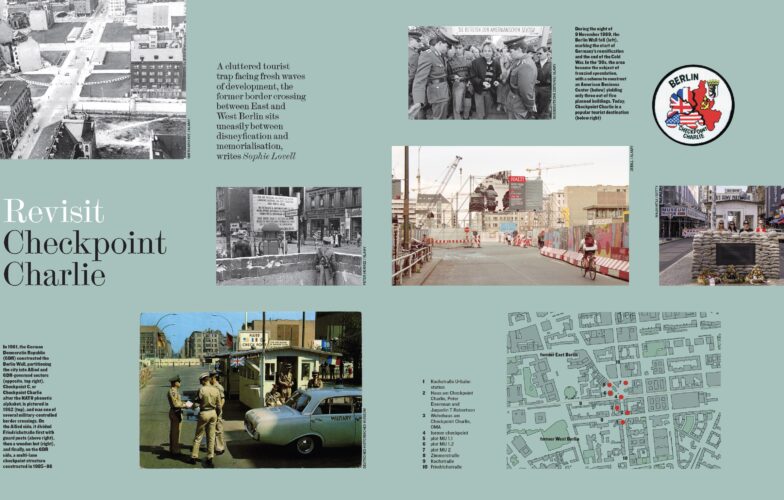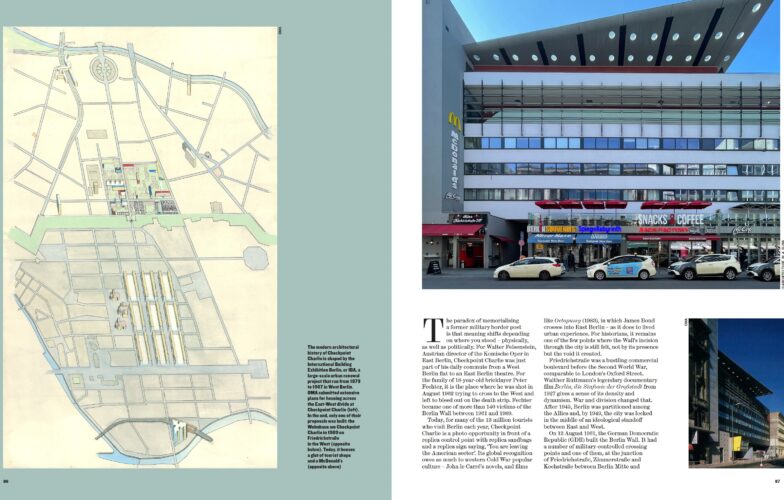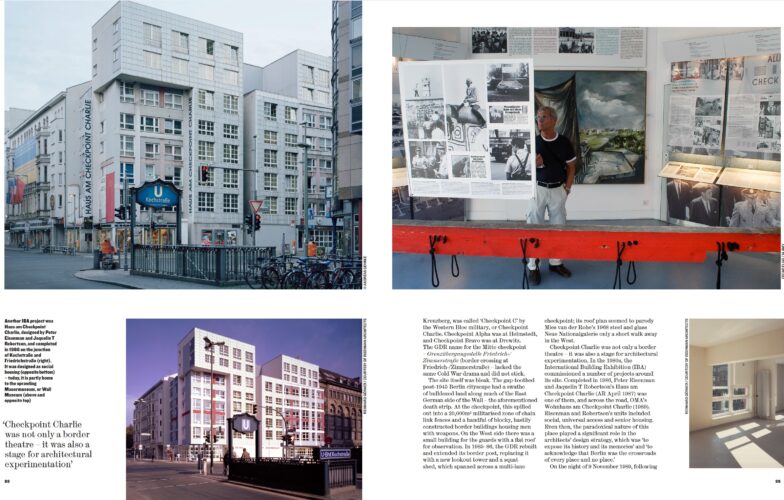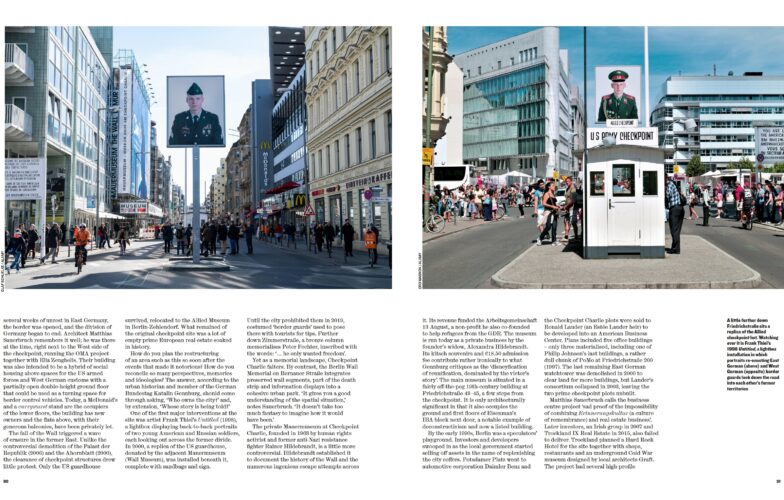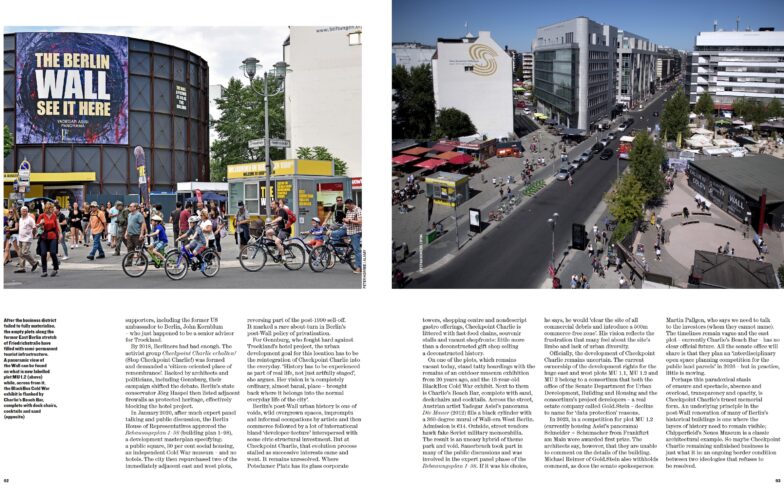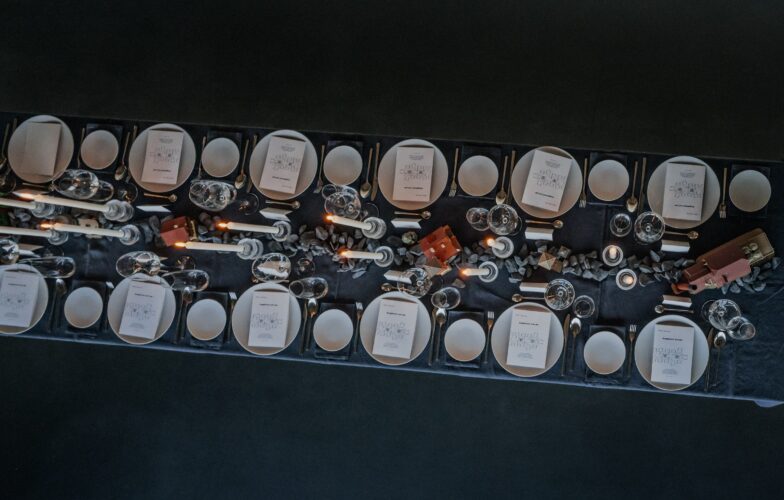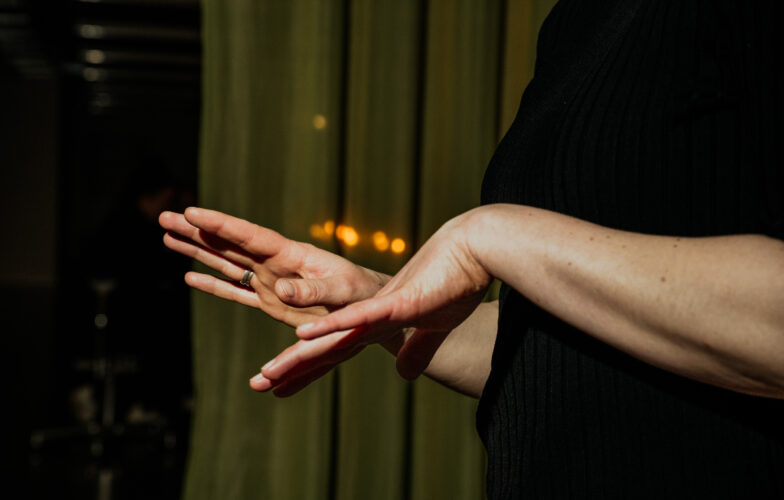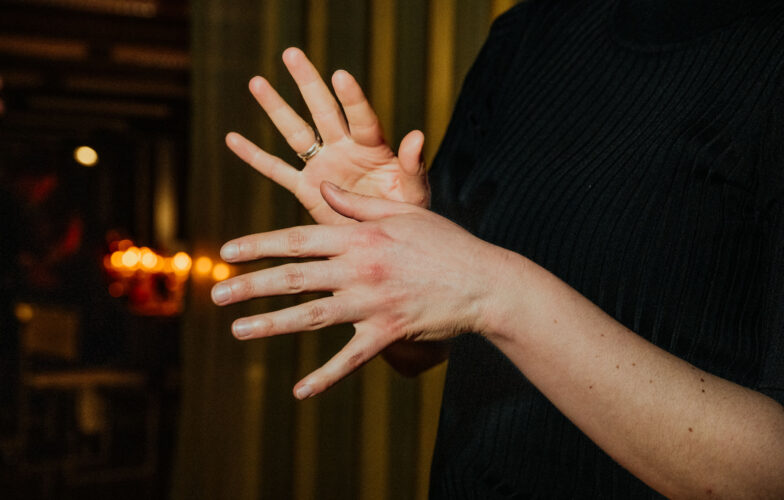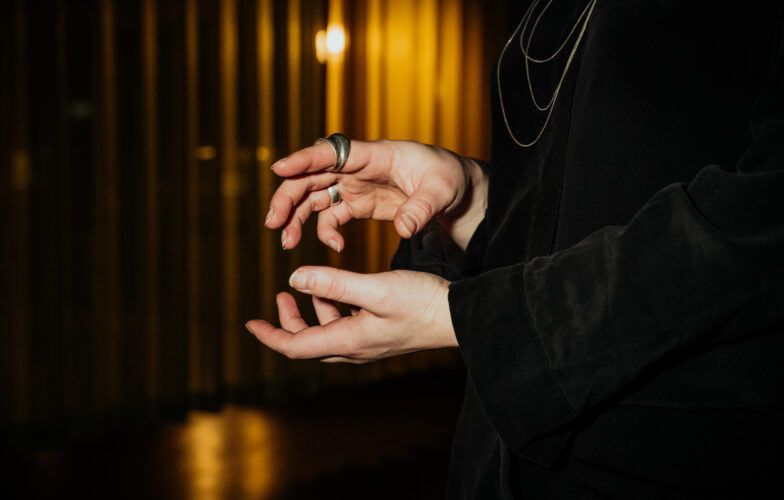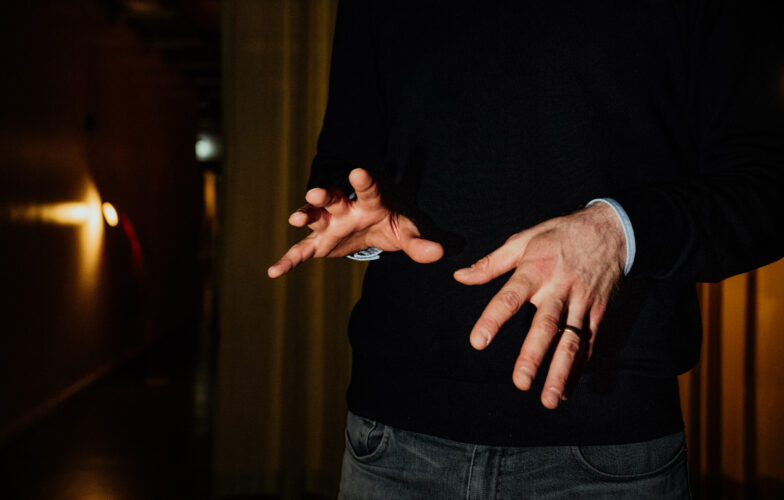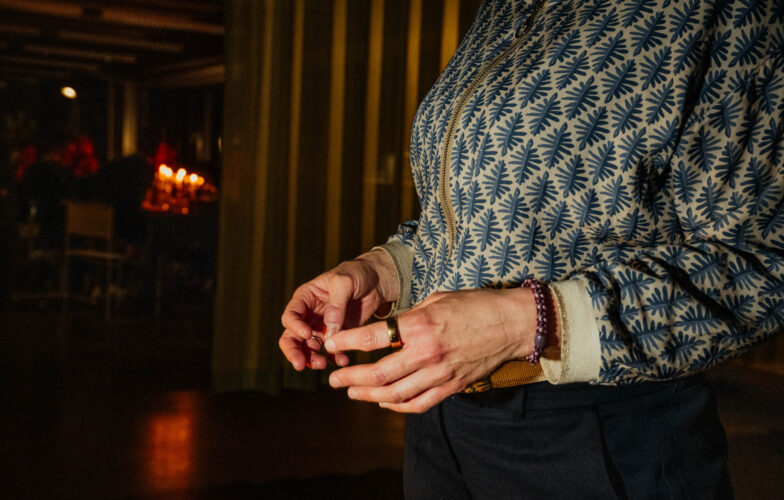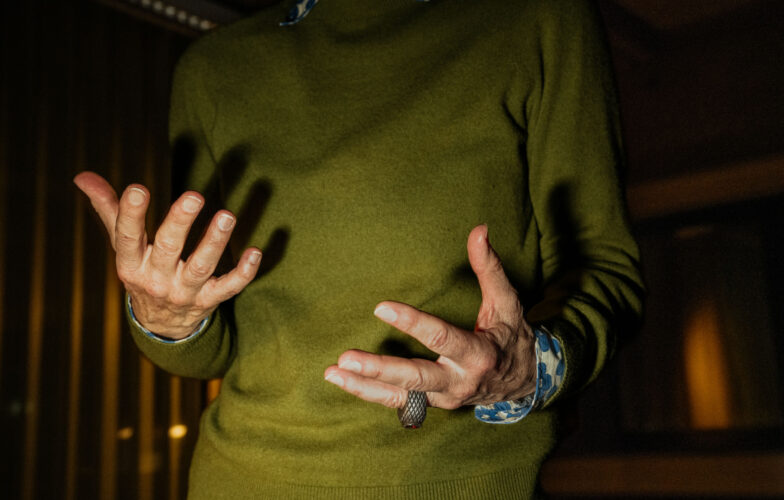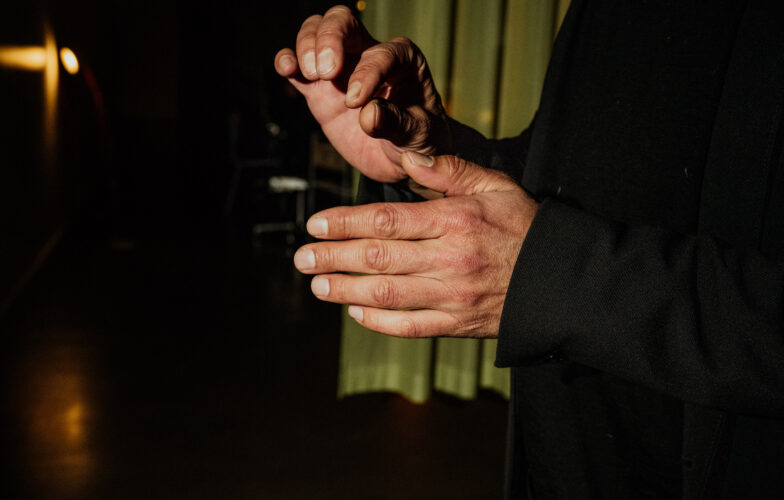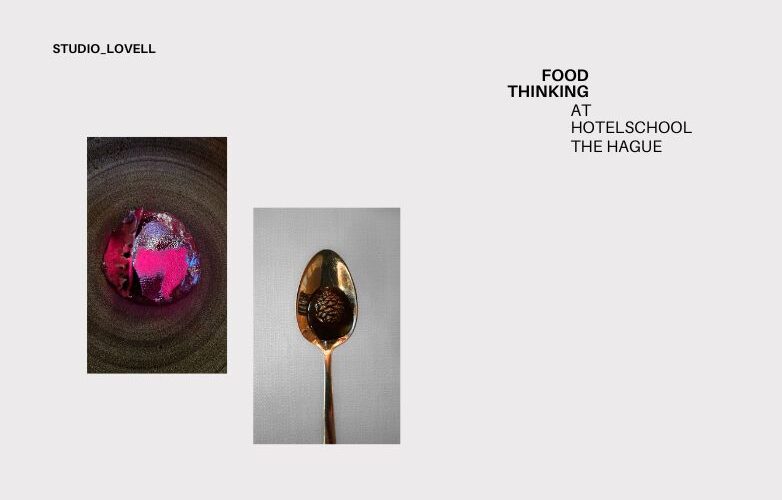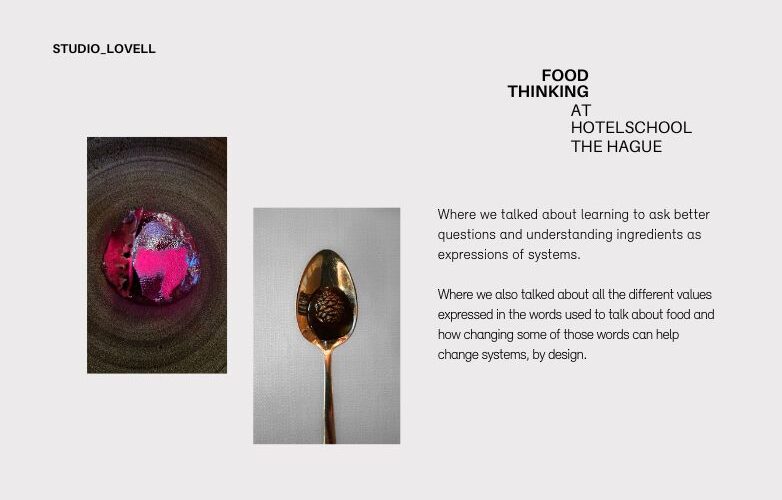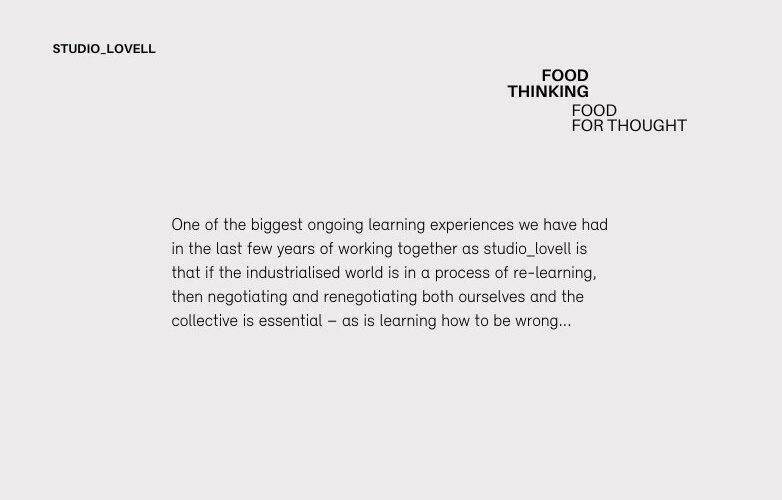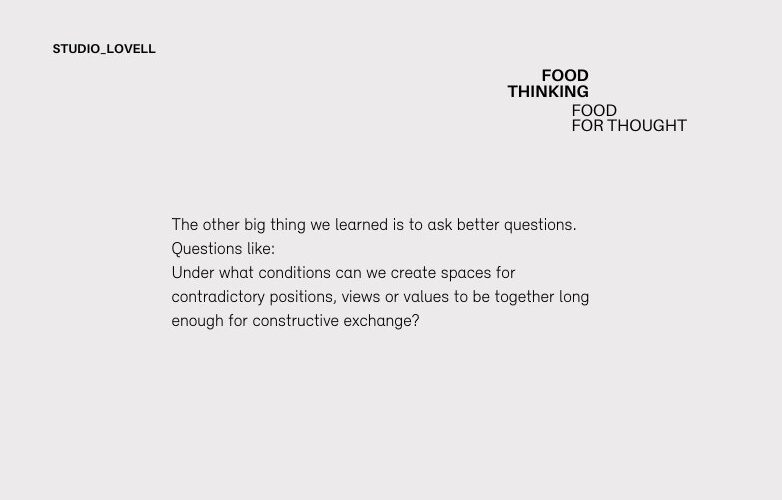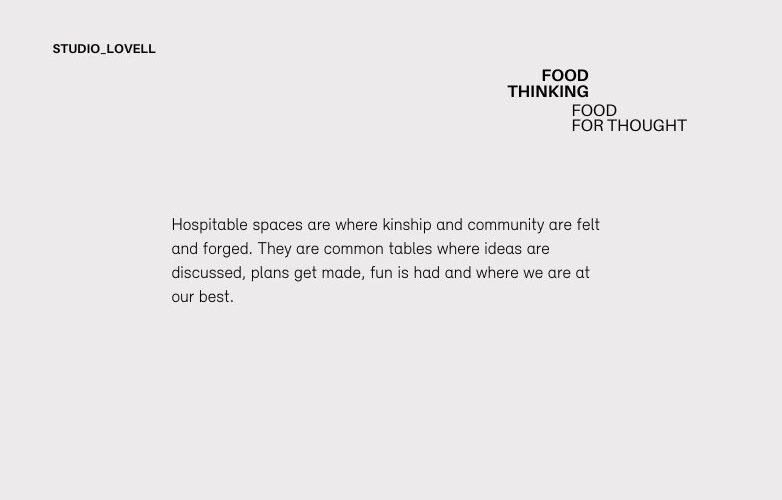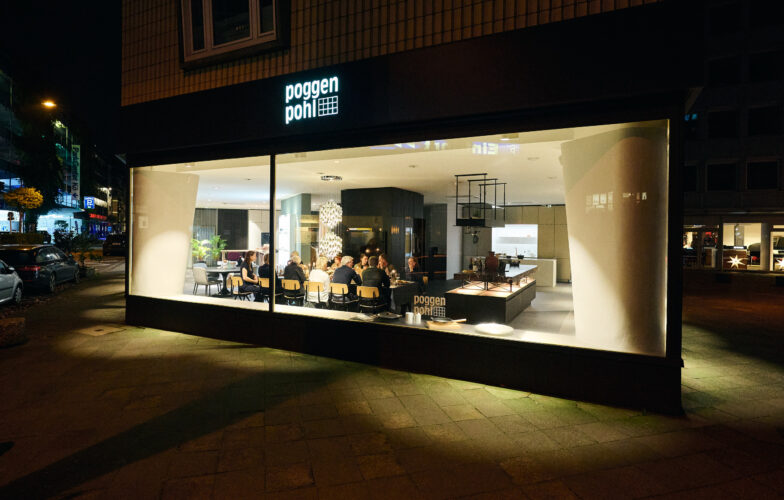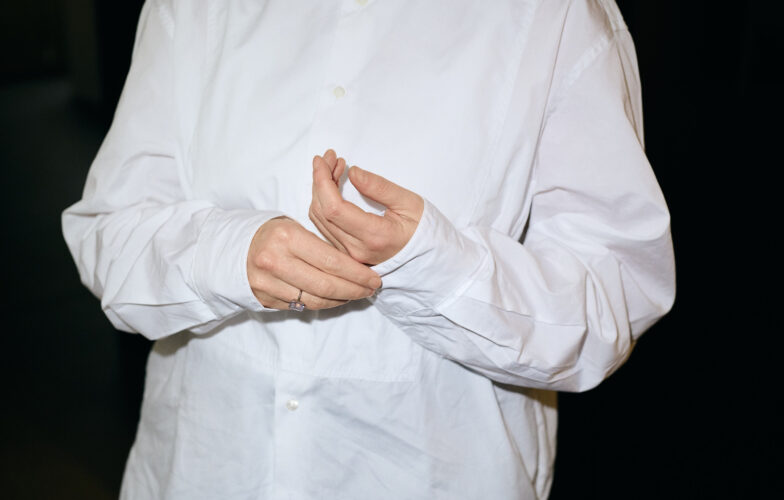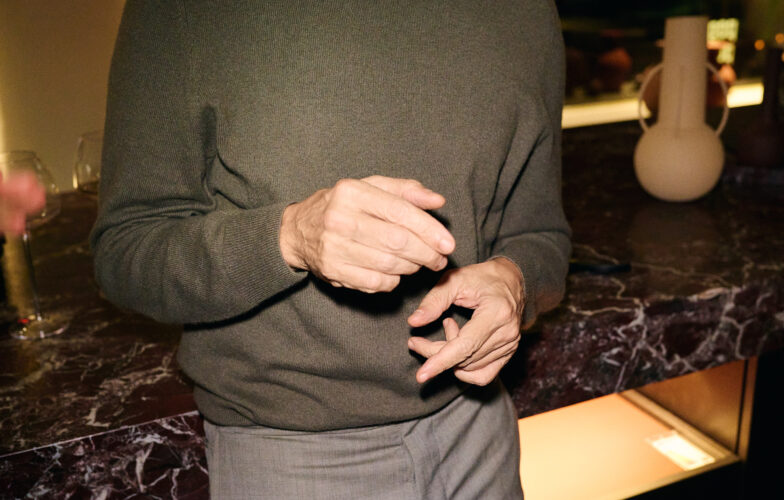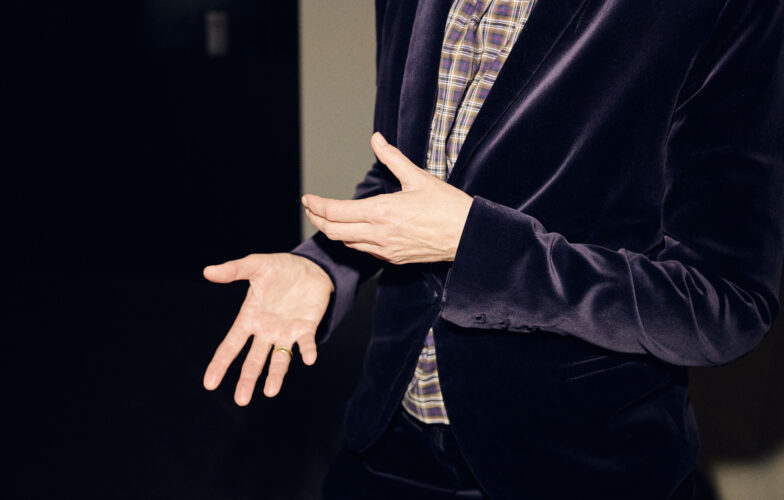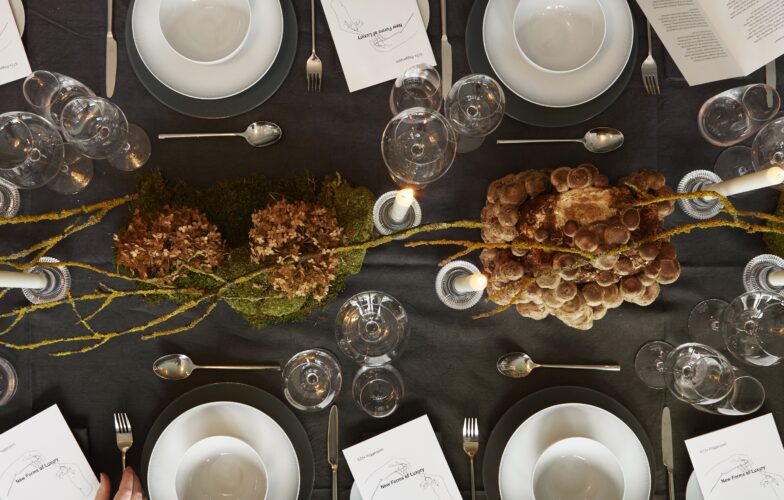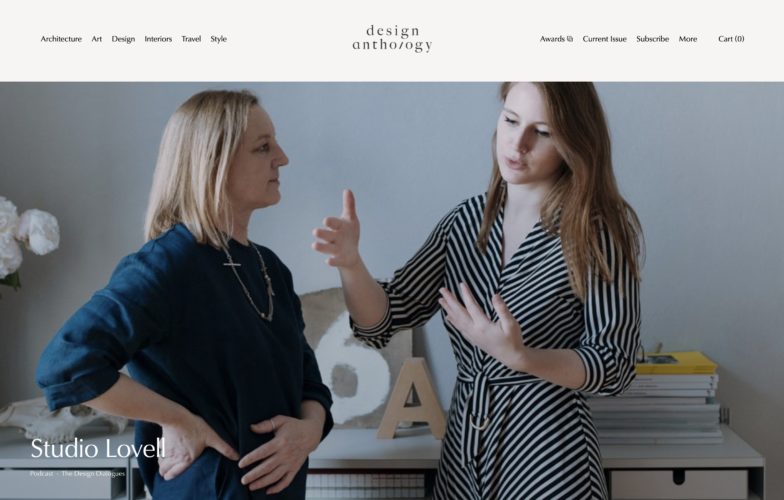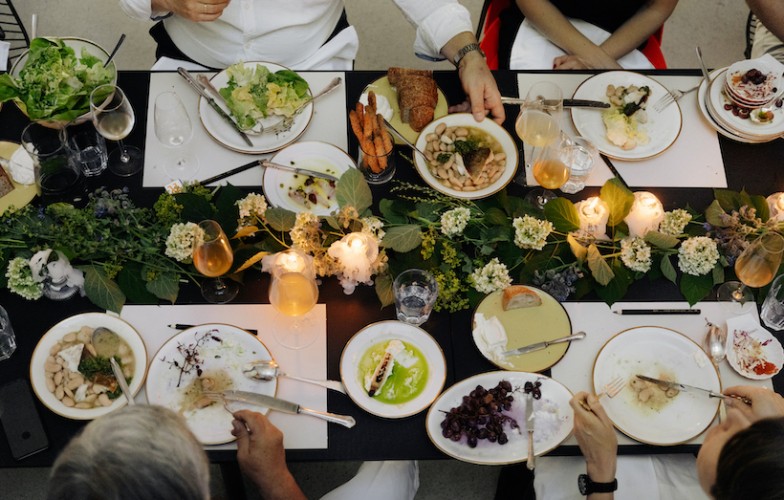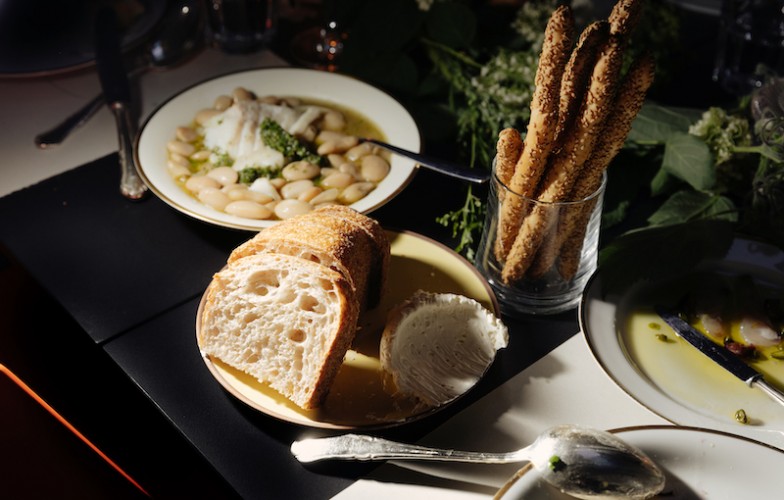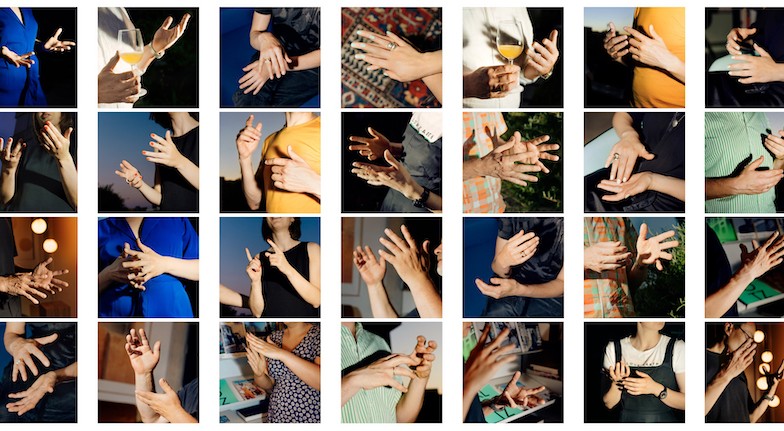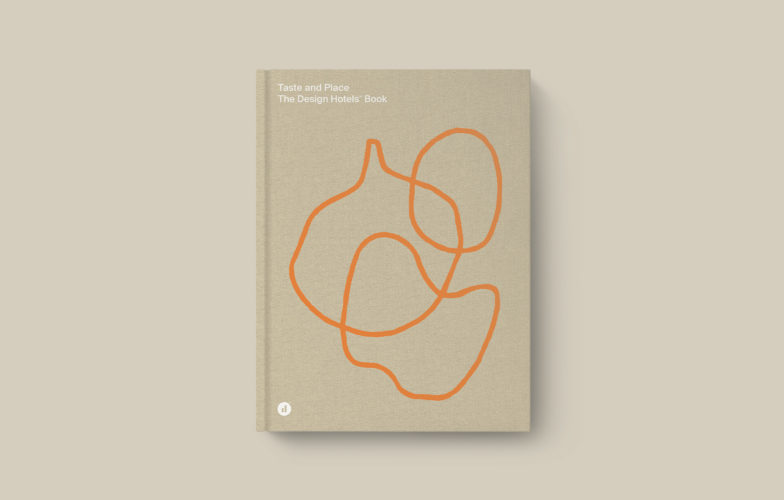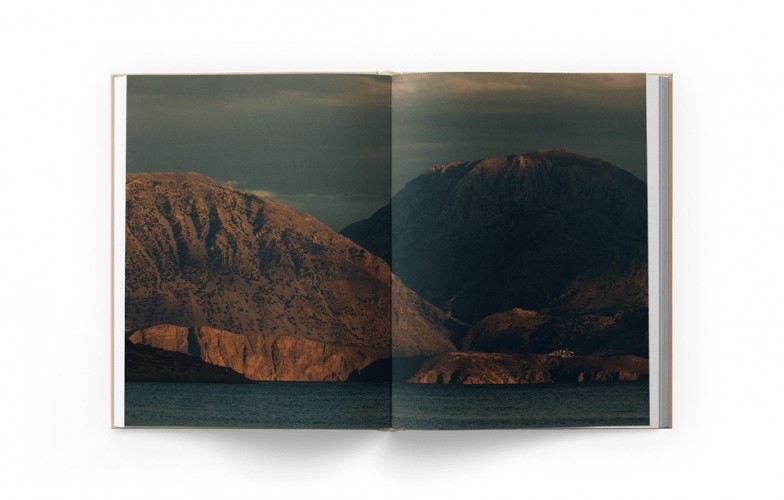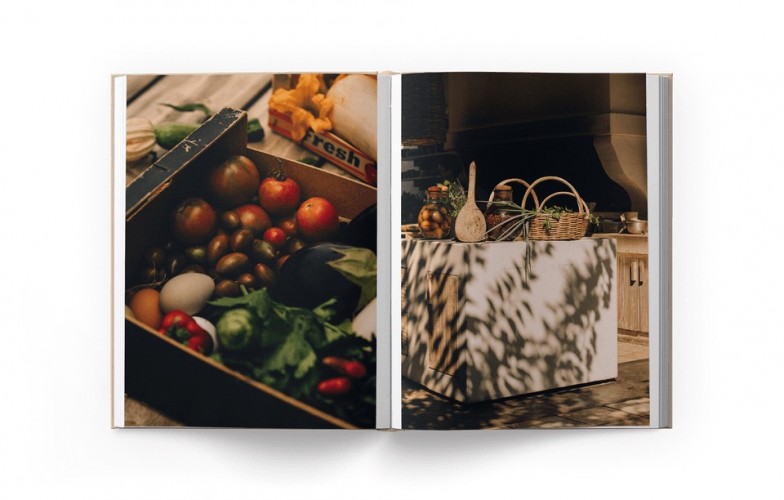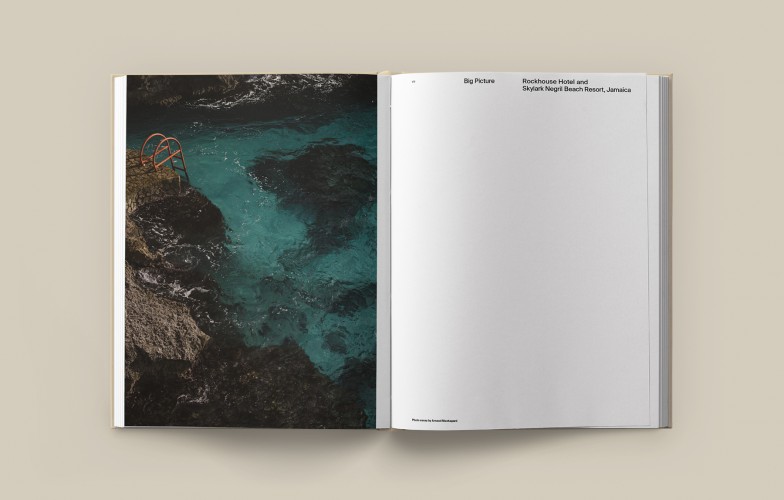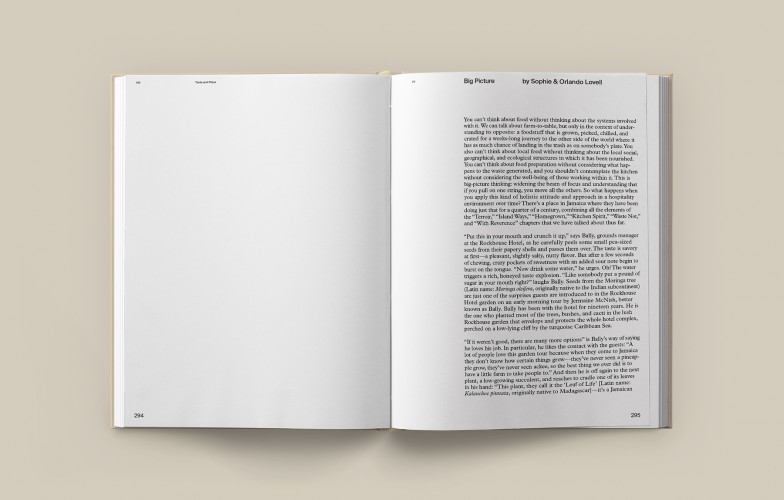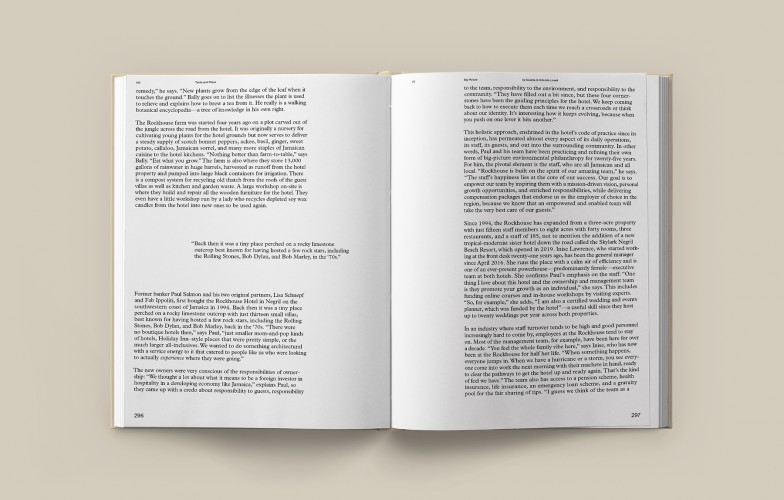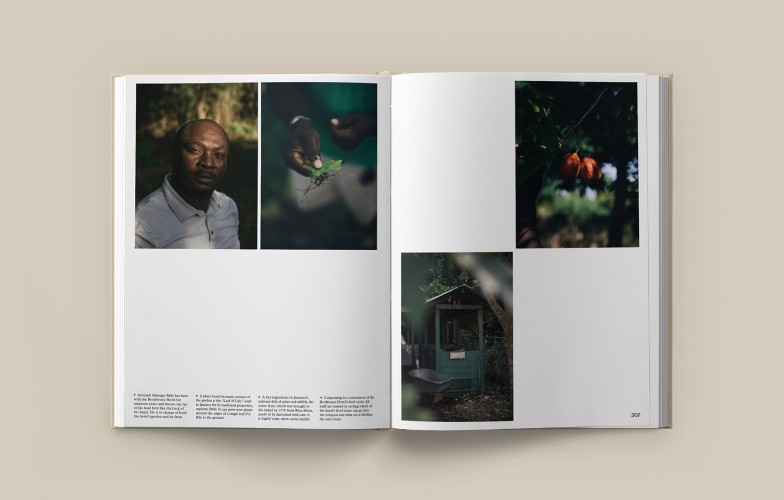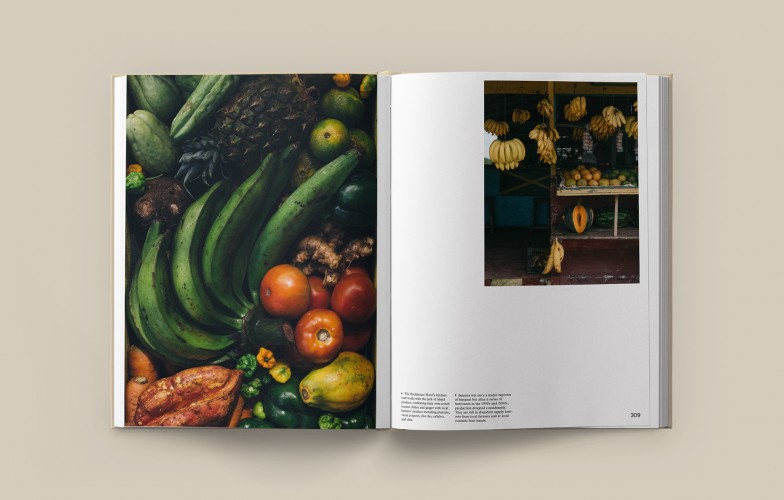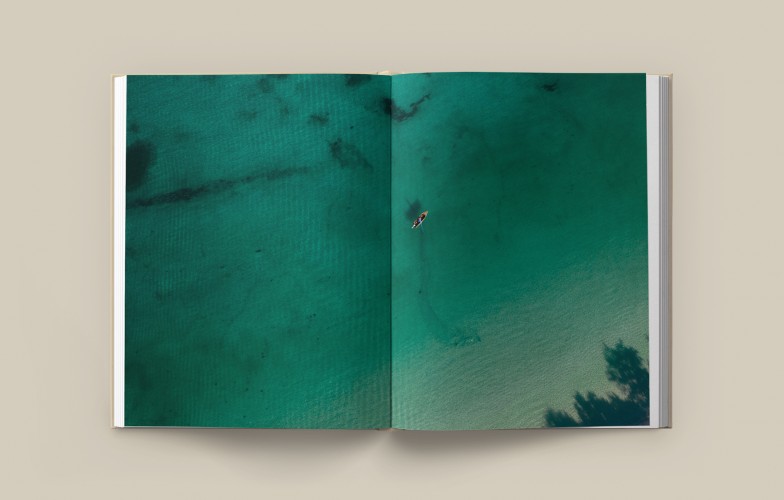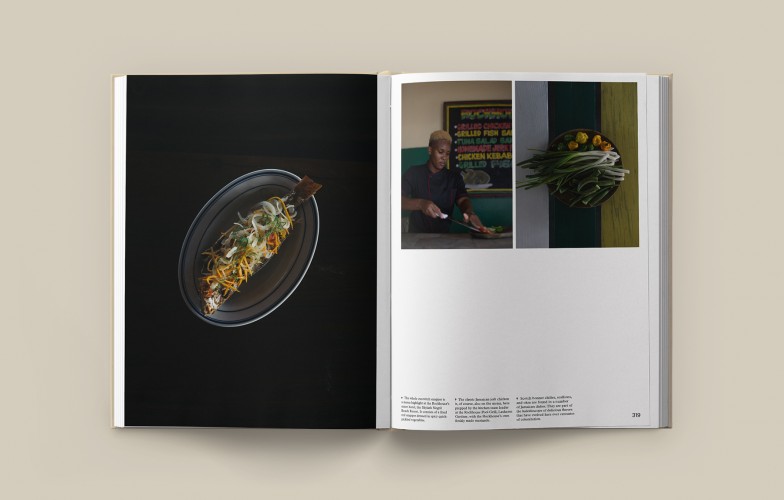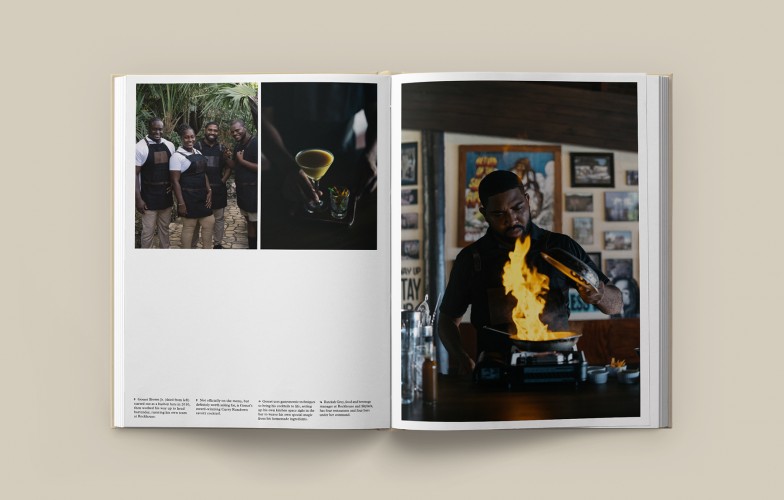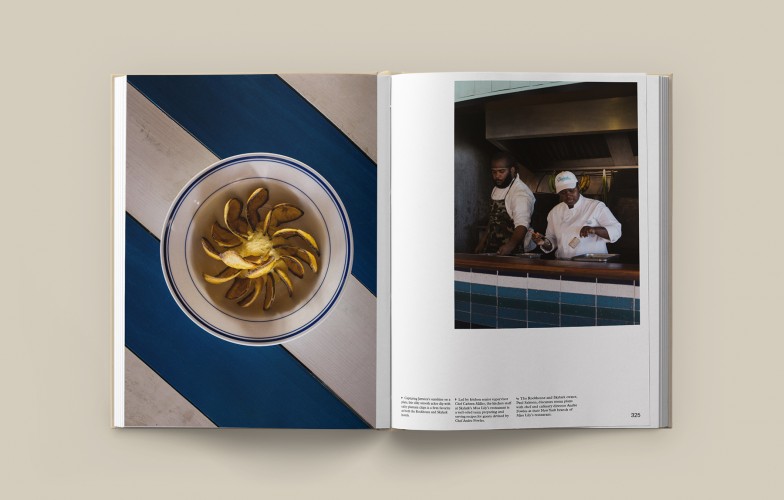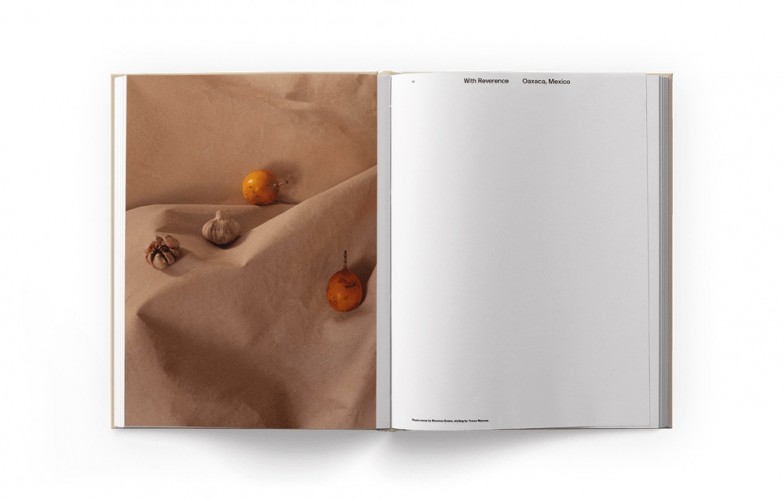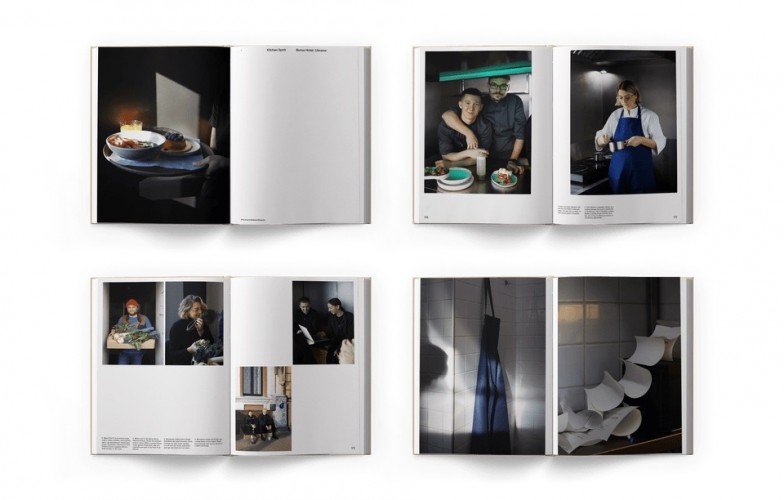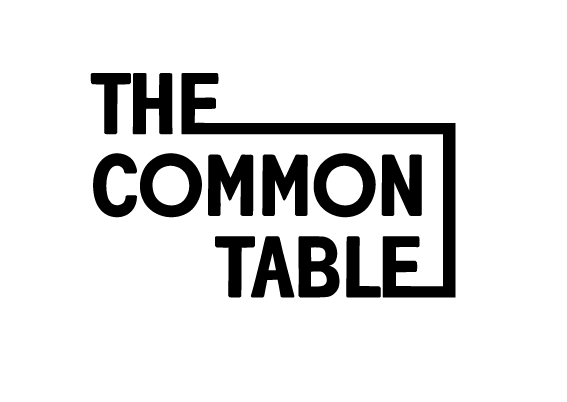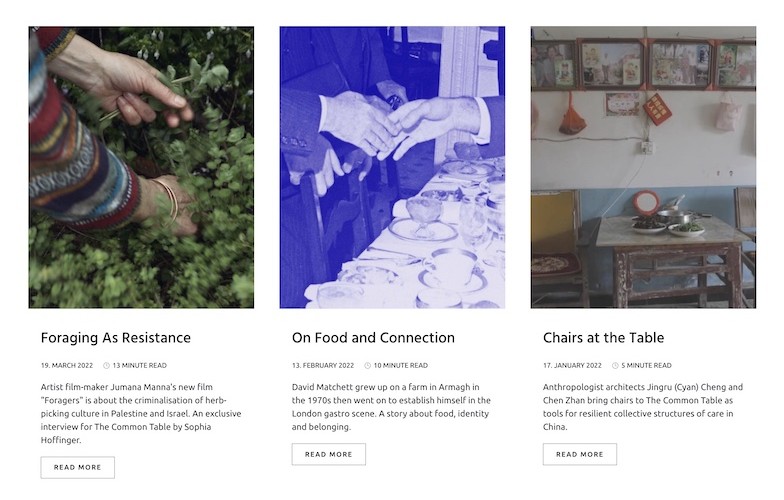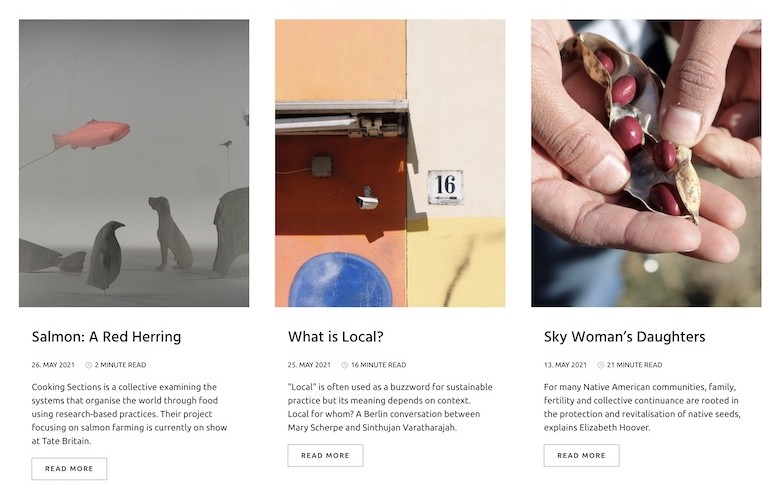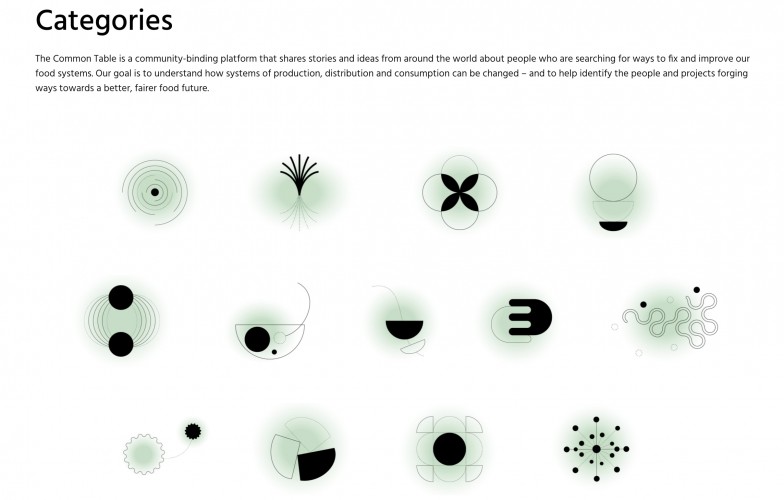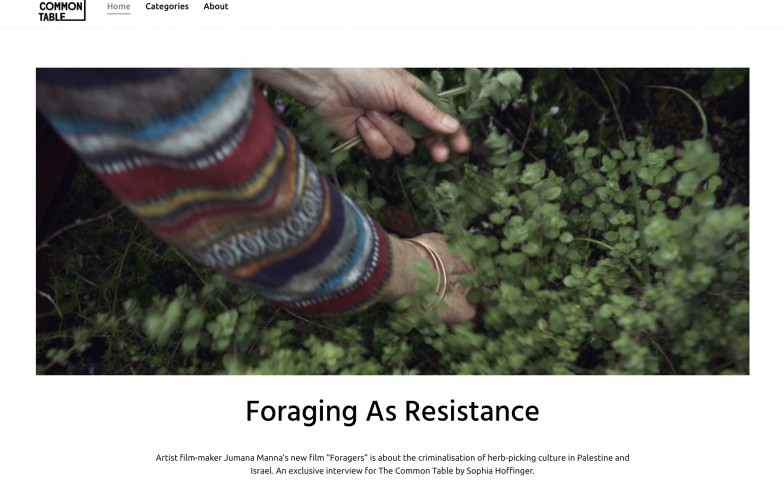“In the face of REALLY BIG UNSOLVABLE PROBLEMS, you can “lie down, curl up, try not to cry, cry a lot” in your shapeless DIY pillow fort. Or you can embrace your fear, hug it close, and whisper in its ear: “Shhhh, I own you now”. Putting your arms around the “radiance of a thousand suns” and making it your bitch is the vibe for a grown-up Bond villain lair. What’s not to love about a cuddlable nuclear floof that’s all BLOFELD’S KITTY ADORBS VIBES with just a hint of shag pile about it?”
Exposure Therapy: The Atomic Cloud as Décor
In a mood almost definitely triggered by THE 96TH ACADEMY AWARDS (2024), let us discuss the relevance of “atomic mushrooms” in décor.
Here we are again in one of those moments of massive apocalyptic angst, reminded of nuclear ARSE-nals thanks to OPPENHEIMER and the Atreides stockpile on D. VILLENEUVE’s Arrakis, not to mention the RIDICULOUS NUMBER of REAL, cartoonish Bond-type villains queueing up to conquer the world right now.
And yet, the “atomic mushroom” for the home we are talking about is not menacing. It is “HUGGABLE”:
The atomic mushroom in question is one of the Huggable Atomic Mushrooms by designers Anthony Dunne and Fiona Raby feat. Michael Anastassiades. They made two: Priscila, which is in the MoMA, and then the other, less-known one – which is ten times more gorgeous because IT’S SO FLUFFY – called Seminole (after the eponymous 13.7 kiloton Enewetak Atoll nuclear explosion of 1956[1]) and is a “therapy object” from their superbly titled series of DESIGNS FOR FRAGILE PERSONALITIES IN ANXIOUS TIMES from 2005. (How naive we all were; how prescient they were.)
It took almost two more decades for home therapy décor to really become a thing. During the Pandemic, lockdown loungers stuck at home all day busied about coddling themselves in comfort nests. Pillow forts became de rigueur. Giant bean bag dog beds for people made from washable plush appeared unironically in our feeds. As the anxious times increased, loungescape trends began to morph more and more towards kindergarten-coloured, round-cornered, chubby furniture. A veritable “childlike” design fest of regression instead of retro.
One could view a white mohair huggable atomic mushroom designed in 2005 as some kind of precursor to all this whimsy, but as a paragon of conceptual/speculative design, there is so much more to read into “Seminole” as a home décor object. This is not comfort décor, it is therapeutic decor. Subtle difference.
In the face of REALLY BIG UNSOLVABLE PROBLEMS, you can “lie down, curl up, try not to cry, cry a lot” in your shapeless DIY pillow fort. Or you can embrace your fear, hug it close, and whisper in its ear: “Shhhh, I own you now”. Putting your arms around the “radiance of a thousand suns” and making it your bitch is the vibe for a grown-up Bond villain lair. What’s not to love about a cuddlable nuclear floof that’s all BLOFELD’S KITTY ADORBS VIBES with just a hint of shag pile about it? Don’t be shy, embrace the evil.
“END TIMES CORRESPONDENT” IN THE FIELD
I, personally, got to cuddle one of Dunne and Raby’s Huggable Atomic Mushrooms once because I featured the one and only “Seminole” ever made in an exhibition called “FREAK SHOW” (2010) at the now-defunct Helmrinderknecht gallery in Berlin. RESULT: I can vouch for the queasy haptic deliciousness of the experience: somewhere – appropriately – around the level of snuggling with a “LET THE WORLD BURN” silver Persian.
Freak Show
“FREAK SHOW”, the exhibition, was named after a 1991 interactive CD-ROM by LOUISIANA ART-ROCK BAND “The Residents”. The whole thing was about speculative design without mentioning the word “speculative”, which is understandable because it was 2010 and ATOMIC PILLOW-makers Tony and Fiona hadn’t coined the term yet, as they later would. Instead, my “FREAK SHOW” catalogue notes waxed lyrical about “context” and “conceptual design” and how the designers in this exhibition[2] were the designer “freaks” – freaks being crucial to design and interior décor because they don’t easily get embarrassed and can produce many absurd things without concern for the market, children of Gaetano Pesce that they were (“Fly my pretties”), AND YET, in a typical Capitalist twist, the market did, in fact, FIND (some of) THEM.
In a thoroughly anti-market mood, I intended to ask some “WHAT IF?”s about design FREAKdom with this exhibition, but Fiona and Tony put it much better in the preface to their book “SPECULATIVE EVERYTHING” (2013, ISBN: 978-0262019842) which included in its subtitle the exceptional phrase “SOCIAL DREAMING”:
“In a consumer society like ours, it is through buying goods that reality takes shape. The moment money is exchanged, a possible future becomes real. If it did not sell it would be sent back, becoming a rejected reality. In a consumer society, the moment we part with our money is the moment a little bit of reality is created. Not just physical reality or cultural but psychological, ethical, and behavioural. This is one of the purposes of critical design – to help us become more discerning consumers, to encourage people to demand more from industry and society as critical consumers.”
I would love to say the Huggable Atomic Mushroom series went into production. Every home should have one and that’s the truth. But Priscila remained a limited series and Seminole a one-off. They didn’t even reach heady design art market prices in the boom years despite having a shitload more shaggy depth and decor comfort value than, say, one of Ron Arad’s veritably VICIOUS and bloody uncomfortable Tempered Chairs.
Back in 2007, when I was writing a book on Design Art called Limited Edition, the year before the bottom began dropping out of all sorts of markets, the New York designer Marcus Tremonto told me that the Huggable Atomic Mushrooms were “at the more difficult end of the market” and selling for just 2,000 GBP a pop – a pittance in “Design Art” terms. But the Huggable Atomic Mushrooms are not Design Art, they are the best of what design could be. They invite fear into the domestic space and play with it.
Giving comfort in anxious times by helping to overcome residential fear should be every home improver’s goal: Décor for EMPOWERMENT, not regression. It’s time to gear up.
Riveting Sidenote
Design Art was perfect for all those nouveau cash-riche collectors of the noughties who’d made bucketloads in over-pumped markets. It represented accessible art investment, so you didn’t need to know much about it or buy into the whole old money thing to splash out. If it went with the living room décor in your Aspen retreat, you acquired it. All you had to do after that was remember not to sit on it.
I’m allowed to hate on Design Art because I wrote BOTH the books (EXPERT remember?) The other one is Furnish: Furniture and Interior Design for the 21st Century (Gestalten, 2008) – and I’m talking about it here because it gives the context in which the “Designs For Fragile Personalities in Anxious Times” came about.
2005, when the Huggable Atomic Mushrooms were made, was right at that peak capitalism, peak Glasnost moment in which Design Art blossomed. It was exemplified by the auction price jumps for Marc Newson’s RIVETING late ‘80s, limited edition, Lockheed Lounge. (You know the one, it’s the shiny piece of furniture Madonna is balancing awkwardly on at the start of her 1993 “Rain” video.) Marc Newson made the Lounge in an edition of 10+2. In 2000, Christie’s sold one at auction for 105,000 USD. In 2006, Sotheby’s sold one for 1 million USD, which was then sold privately for an estimated 2.5 million shortly afterwards, and so on. Eternal growth: design for profit’s sake.
For T-1000-style chaise longue fans with compromised (or frozen) asset portfolios, Vitra’s functionally pointless, decorative Nippes (German word, look it up, Deepl is wrong, it doesn’t mean nipples), 1:6 SCALE miniature of the Lockheed Lounge is currently on offer online at the reduced price of 1097 Euros. It will, of course, NEVER give you the comfort of a Huggable Atomic Mushroom. It’s not at all fluffy, but it could, at a pinch, serve as pet décor for a very small pet.
You can’t really blame designers for trying to make a buck in the auction house back then, what with dwindling royalties and job security. Being a designer was starting to get really stressy too, because design was suddenly supposed to step up and solve all the world’s problems instead of just making nice things for the home like most people expected. It’s hard being misunderstood, so making hard-to-sit-on furniture was a logical retaliation.
For Scale is authored by David Michon
Huggable Atomic Mushroom: Red and White
PRISCILA
37 KILOTONS NEVADA 1957
Reflective fabric, polyester stuffing
H270mm x ∅300mm
Huggable Atomic Mushroom: White
SEMINOLE
13.7 KILOTONS ENEWETAK ATOLL 1956
Knitted mohair, foam
H400mm x ∅1140mm
[1] * It gets WORSE: the name of this weapon of mass destruction was most horribly appropriated by those plucky men in Los Alamos from an entire Nation of Native American people. Those same plucky scientists and the US Army then used it to destroy and contaminate FOR EVER an island taken successively from Pasifika people by various aggressors since the 16th century.
[2] Auger-Loizeau, Pieke Bergmans, Dunne & Raby, El Ultimo Grito, Martí Guixé, Kueng Caputo, Mathieu Lehanneur, Makkink & Bey and Jerszy Seymour.
Image: 'Huggable Atomic Mushroom' by Anthony Dunne, Fiona Raby and Michael Anastassiades, Seminole, 2010. Photo: Marcus Gaab

